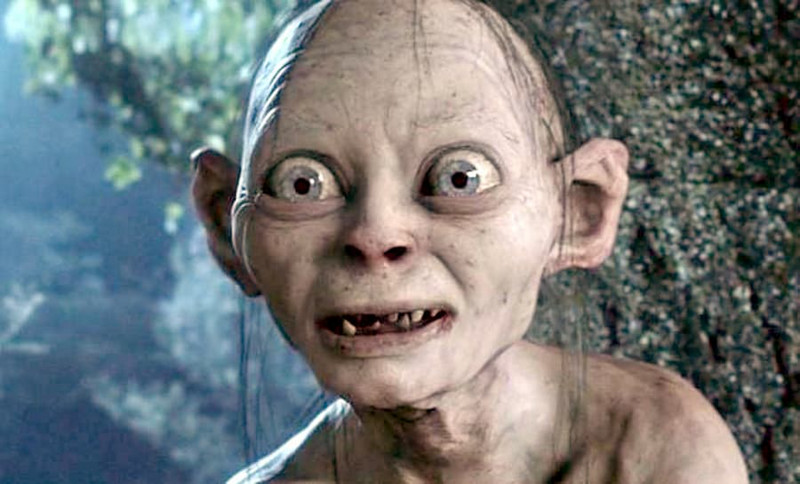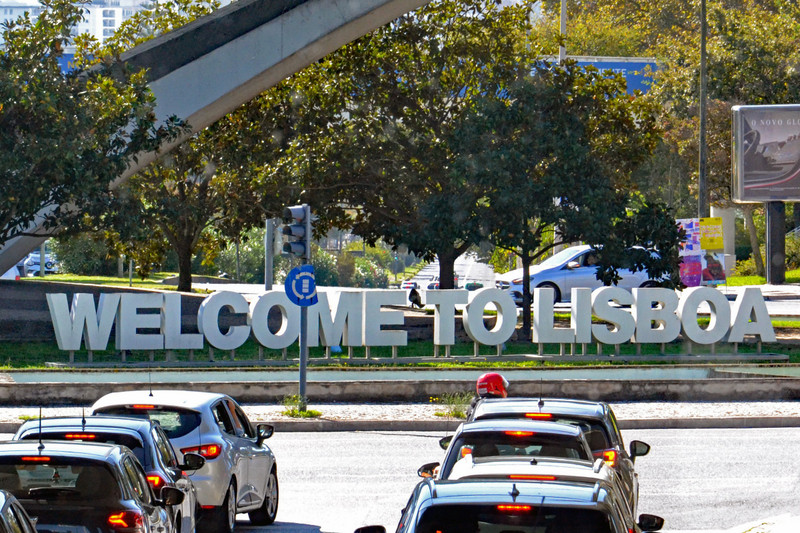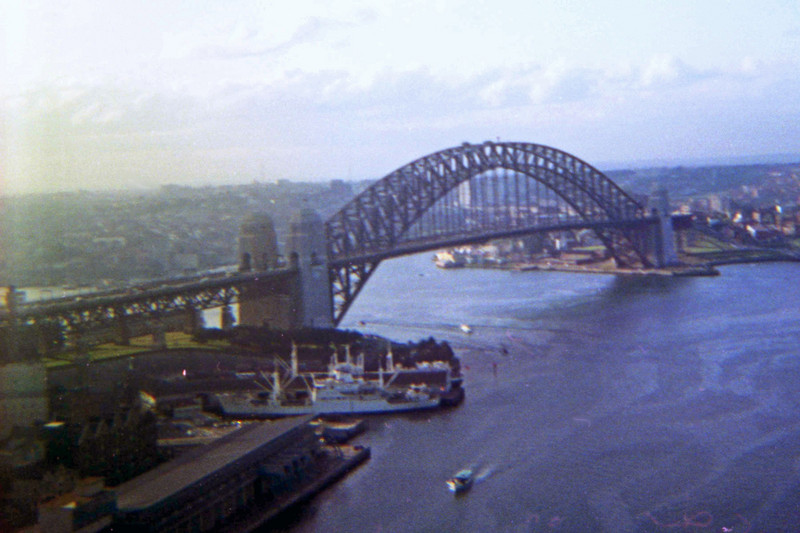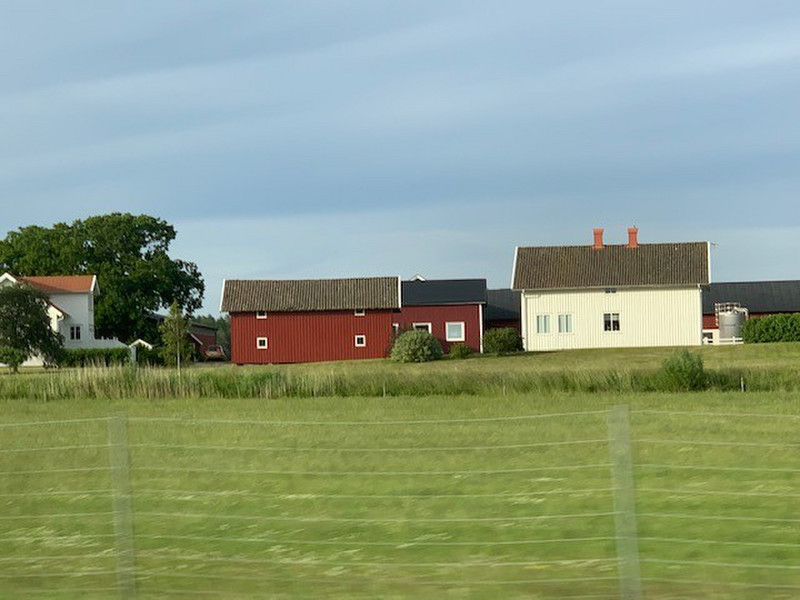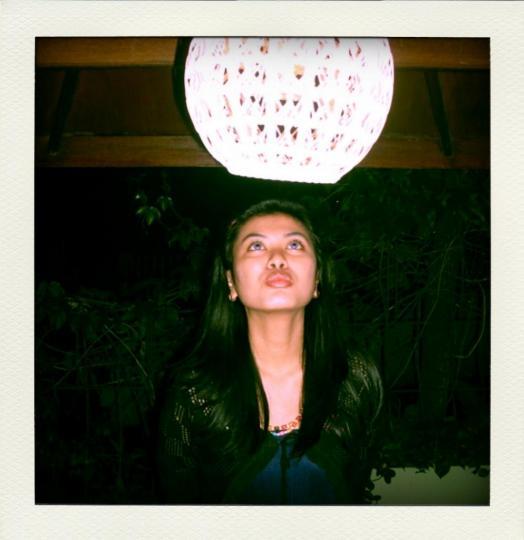Until six days ago I had never read J.R.R. Tolkiens masterpiece: ‘The Lord of the Rings. As an English teacher I knew all about it: I had heard people talking about it, had watched the movies and, in 1981, had listened to a BBC radio adaptation. But I had never read it.
Right now, in Ho Chi Minh City, where I live, there is a strict lockdown and a nightly curfew. I am not allowed to leave my apartment, so I pass the time by reading, listening to music, watching movies and playing online chess. About a week ago I felt a sudden urge to read ‘The Lord of the Rings. The three secondhand volumes had been gathering dust in my bookcase for several years. I had bought them for a song, not really intending ever to read them; I thought they might make a nice present for some future English student of mine. High or epic fantasy is not my cup of tea; I prefer realistic fiction full of psychological insight – the sort of thing that Ian McEwan writes. However, with oodles of time on my hands, and captive inside my apartment, I suddenly felt a desire
to read at least some pages of ‘TLOTR. It is, after all, one of the most celebrated books of the 20th century; when I was a student in the 1960s, everybody seemed to be reading it. Yes, I would give it a go. If it proved unreadable after, say, fifty pages, I would abandon it. So, without high hopes, I opened the first of the three volumes: ‘The Fellowship of the Ring.
I wasnt exactly hooked, but I found it very readable. The plot was gripping, and the style, which one of my friends described as ‘turgid, was polished, detailed and visual. The characters, too, were vividly drawn. The chapter entitled ‘Strider was particularly good. ‘The Fellowship of the Ring, took me a day and a half to finish – testifying to its readability. I finished the whole book – around 1,300 pages – inside five days.
There can be no doubt that ‘TLOTR is a colossal technical and imaginative achievement. Tolkien has done what it normally would take a whole culture to do – namely construct a coherent mythological framework for his story. Think of the Greek or Norse myths, which were the product of civilizations.
Well, Tolkiens mythology of Middle Earth – with its maps and appendices – is no less detailed and convincing.
‘TLOTR is essentially a narrative. It is not a psychological novel or a but an epic tale of adventure and great deeds. It is a saga – like Homers ‘Odyssey or ‘Njals Saga. The entire book is underpinned and dominated by the journey of Frodo, the Ring Bearer, to Mount Doom to return the One Ring whence it came, thus nullifying the power of Sauron, the Dark Lord. The journey is punctuated by all manner of strange events and meetings.
The narrative is populated by a variety of fascinating characters and creatures: hobbits, elves, dwarves, orcs, goblins, Black Riders, the Nazgul, Sauron, wizards, Ents, trolls, the Balrog, Shelob the giant spider and others. The protagonists, whom we empathize with because they have thoughts and feelings, are the following: Gandalf, the great white wizard; the hobbits, Frodo and Sam and Bilbo Baggins; Legolas the elf; Gimli the dwarf; Strider/Aragorn, heir to the kingdom of Gondor; Smeagol/Gollum, the former hobbit obsessed with reclaiming the One Ring that was taken away from him.
favourite – a tragic figure whose appearance, behaviour and manner of speech are unforgettable. Sauron, too, is a wonderful creation; we never find out exactly what he looks like or whether, in fact, he has any physical form. The disembodied flaming Eye of Sauron is a potent symbol of evil throughout the book.
The book has its weaknesses. I have to confess that I many pages because they are tedious. Tolkiens detailed descriptions can be a virtue, but they can also bog the story down. The chapter entitled ‘The Council of Elrond is full of rather dull speeches, and the many battle scenes blur into sameness.
